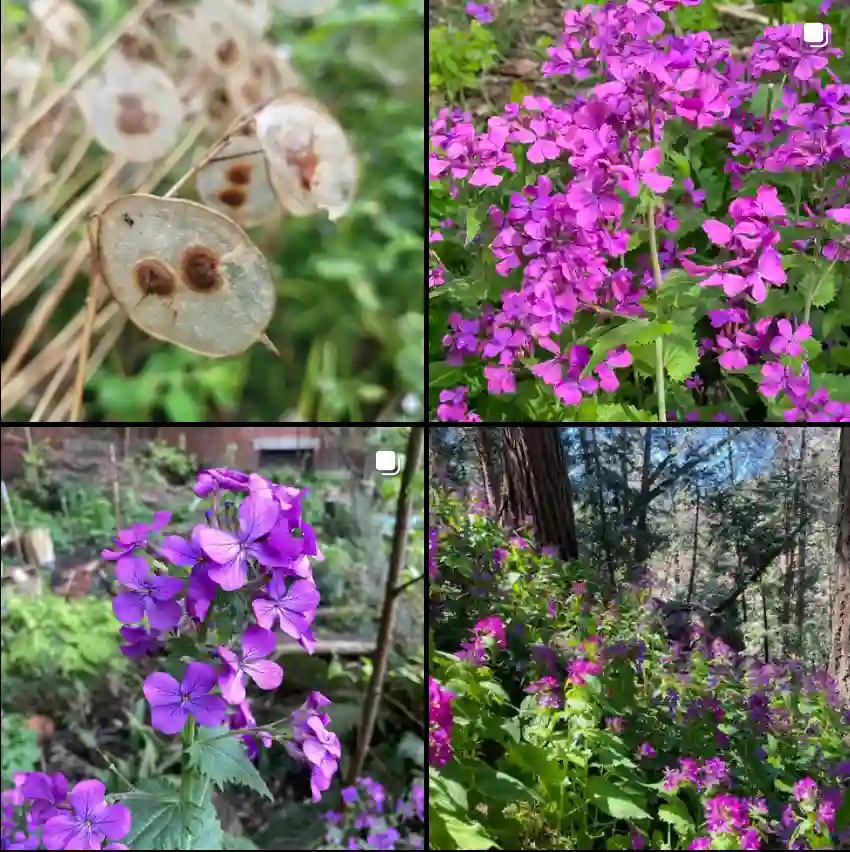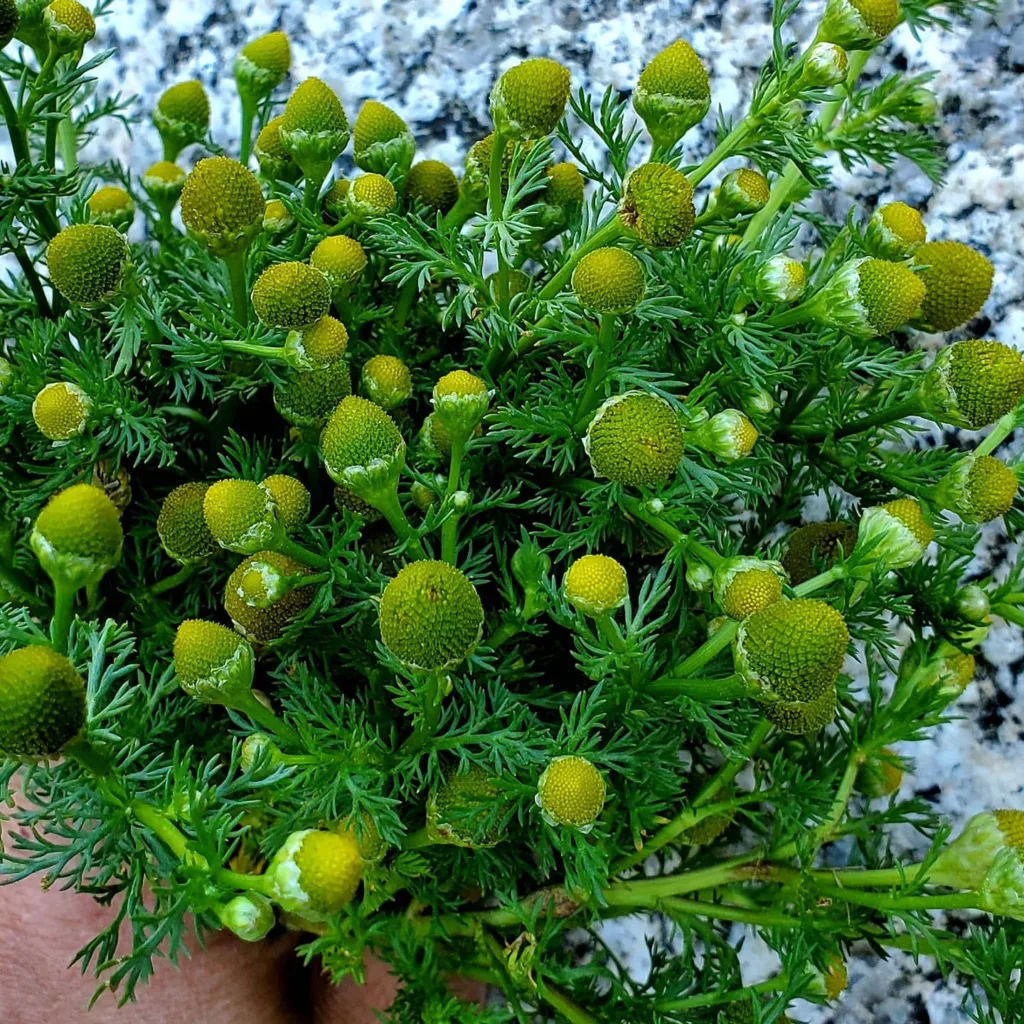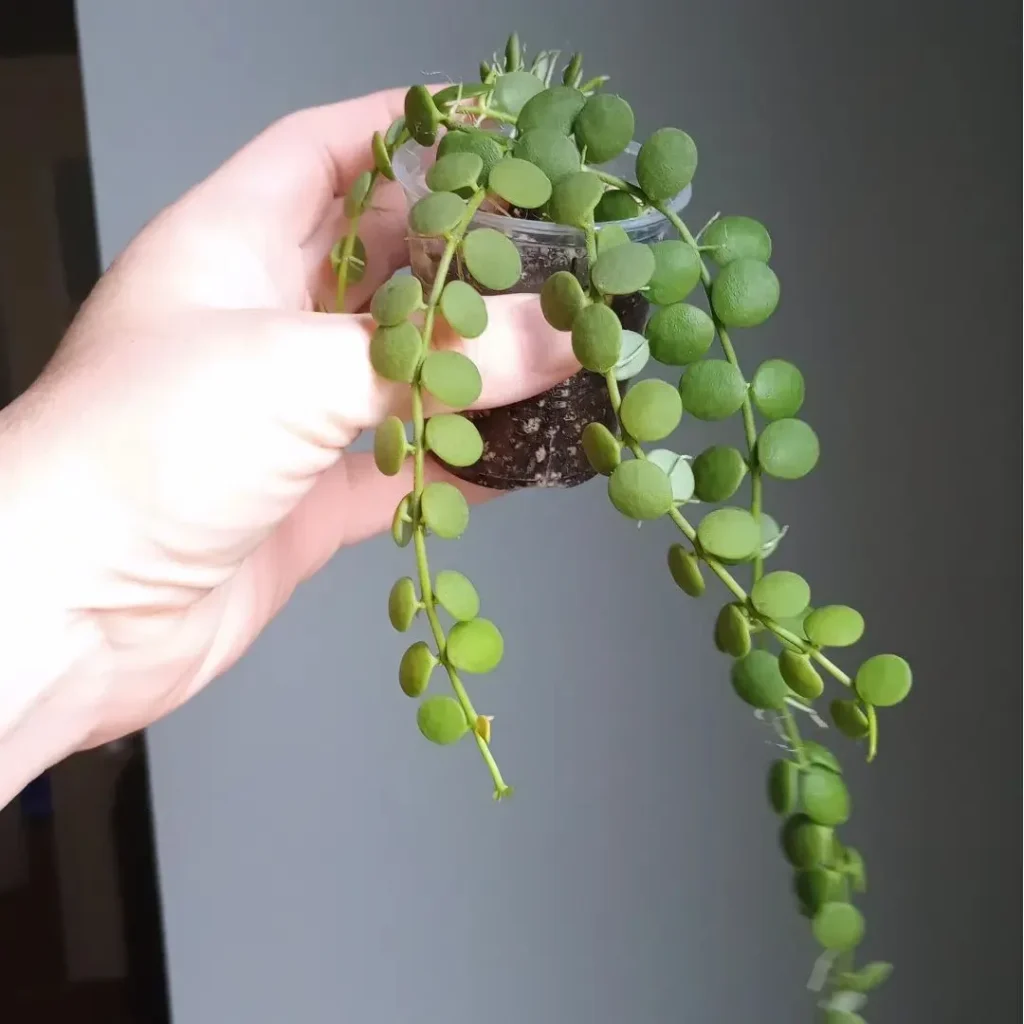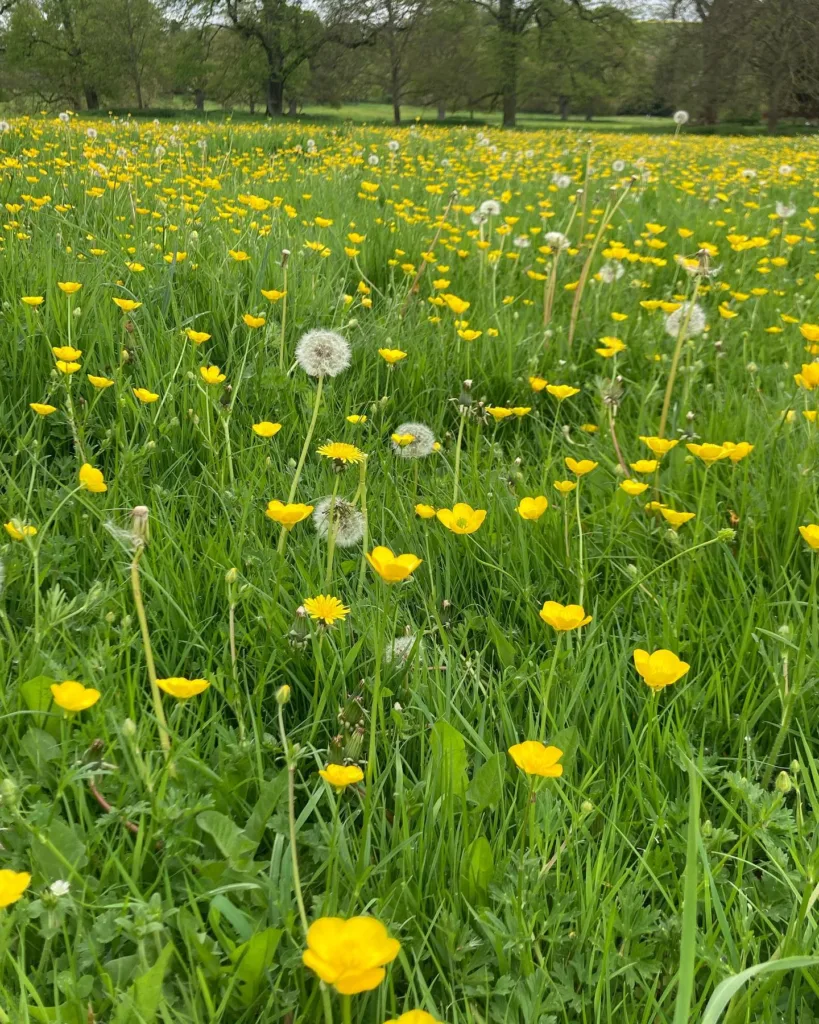FAQs About Descurainia Sophia
Descurainia Sophia, commonly known as Flixweed, is a plant that often piques the curiosity of gardeners and plant enthusiasts. Here, I’ll answer some frequently asked questions about this intriguing species, covering its care, propagation, toxicity, and more.
What Is Descurainia Sophia?
Descurainia Sophia is a biennial or short-lived perennial herb in the mustard family (Brassicaceae). It is native to Europe and Asia but has spread to various parts of North America. The plant features finely divided, feathery leaves and produces small yellow flowers. It’s known for its ability to thrive in a variety of soil conditions and its low maintenance requirements.
Plant Family: 354 Genera in Brassicaceae
How to Care for Descurainia Sophia?
Caring for Descurainia Sophia is relatively straightforward. This plant prefers full sun to partial shade and well-drained soil. It’s quite tolerant of drought and poor soil conditions, which makes it an excellent choice for low-maintenance gardens. Regular watering is beneficial, especially during prolonged dry spells. However, be cautious not to overwater, as this can lead to root rot. Pruning is minimal, usually just to remove dead or damaged leaves.
How to Propagate Descurainia Sophia?
Descurainia Sophia can be propagated either by seeds or by division. Seeds should be sown in the spring or fall. They can be started indoors or directly in the garden. When starting seeds indoors, plant them about 1/8 inch deep in seed-starting mix and keep them in a cool, well-lit area. Outdoor sowing can be done directly in the garden bed once the danger of frost has passed.
For propagation by division, you should wait until the plant is well-established. Carefully dig up the plant, divide the root ball into smaller sections, and replant them in separate locations.
Can You Grow Descurainia Sophia Indoors?
Descurainia Sophia is primarily suited for outdoor cultivation due to its size and growth habit. However, if you want to grow it indoors, it’s possible with the right conditions. Ensure the plant receives plenty of light, ideally from a south-facing window or under grow lights. Indoor humidity should be moderate, and you’ll need to mimic the plant’s natural light and temperature conditions as closely as possible.
Is Descurainia Sophia Toxic?
One common concern with many plants is their toxicity to animals. If you’re wondering, “Is Descurainia Sophia toxic to goats?” the answer is no. Descurainia Sophia is not considered toxic to goats or other livestock. It’s always wise to monitor animals and consult with a vet if they consume unfamiliar plants, but this particular species does not pose a significant risk.
What to Plant With Descurainia Sophia?
Descurainia Sophia pairs well with a variety of other plants, particularly those that have similar growing conditions. Consider planting it alongside other low-maintenance, drought-tolerant species such as lavender, sage, or yarrow. These plants not only complement the aesthetic of Descurainia Sophia but also have similar care requirements, making garden management easier.
Benefits of Descurainia Sophia
Descurainia Sophia offers several benefits to gardeners. It is an excellent choice for areas with poor soil or dry conditions. Its delicate, fern-like foliage and small yellow flowers can add visual interest to garden beds. Additionally, it attracts pollinators like bees and butterflies, which can help support local ecosystems.
Common Problems with Descurainia Sophia
While Descurainia Sophia is generally low-maintenance, it can face a few issues. One common problem is its tendency to become invasive if not managed properly. It can spread rapidly and outcompete other plants, so keep an eye on its growth and manage it accordingly. Another potential issue is powdery mildew, which can occur in humid conditions. Ensure good air circulation and avoid overhead watering to minimize this problem.
Compare Descurainia Sophia with Similar Plants
If you’re comparing Descurainia Sophia with similar plants, you might look at species like Mustard Greens (Brassica spp.) or Common Rue (Ruta graveolens). Unlike Mustard Greens, which are often grown for culinary uses, Descurainia Sophia is more commonly appreciated for its ornamental value and low-maintenance nature. Common Rue, on the other hand, has a similar appearance but is generally more toxic to humans and animals, making Descurainia Sophia a safer choice for mixed-use gardens.
In summary, Descurainia Sophia is a hardy, attractive plant that’s relatively easy to care for and propagate. It offers benefits in terms of garden aesthetics and ecological support while being non-toxic to livestock. If you’re looking for a versatile plant that can handle less-than-ideal soil and weather conditions, Descurainia Sophia is a solid choice.
If i die, water my plants!



